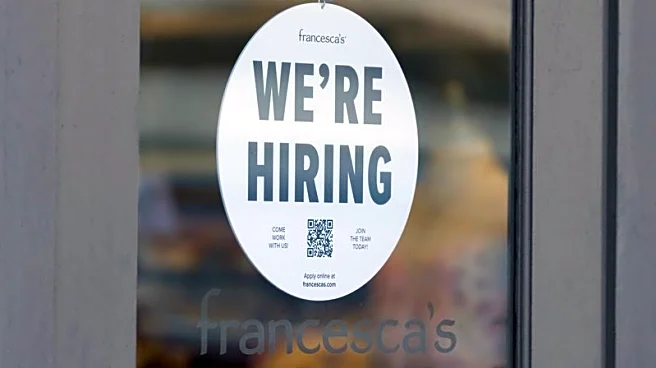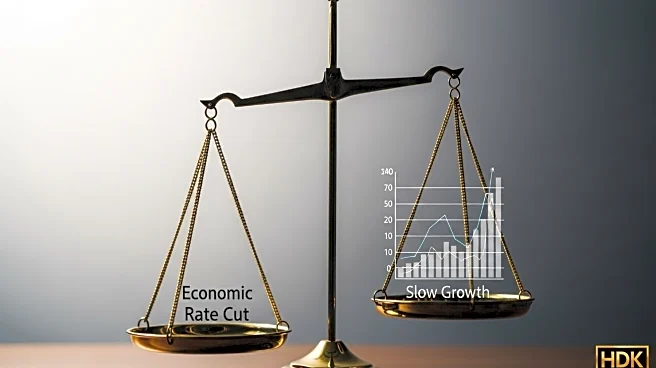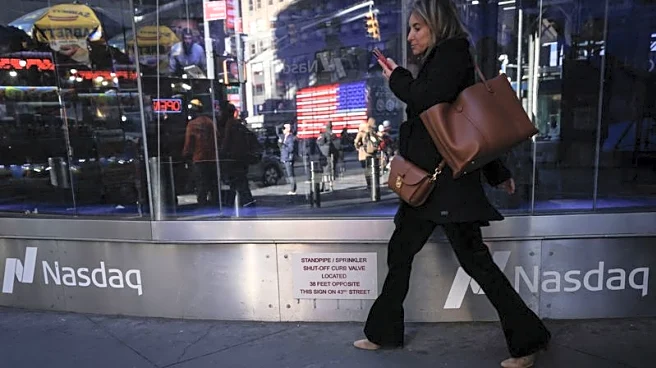What's Happening?
The U.S. labor market is showing signs of cooling as job openings fell to 7.18 million in July, marking the lowest level since September of the previous year. This decline comes amid broader economic concerns, including interest rate hikes by the Federal Reserve and trade uncertainties under President Trump's administration. The Bureau of Labor Statistics reported that job openings are now fewer than the number of unemployed workers, a situation not seen since April 2021. Economists had anticipated a slight decrease in job openings, but the actual figures fell short of expectations, highlighting a potential turning point in the labor market.
Why It's Important?
The reduction in job openings is a critical indicator of a slowing labor market, which could have significant implications for economic growth and employment stability. With fewer job opportunities available, workers may face increased challenges in securing employment, potentially leading to higher unemployment rates. This trend could also impact consumer spending and confidence, further affecting the U.S. economy. Industries such as healthcare and social assistance, which saw notable declines in job openings, may experience workforce shortages, affecting service delivery and operational efficiency.
What's Next?
The upcoming release of the August jobs report will provide further insights into the labor market's trajectory. Economists expect modest job gains, but any significant deviations could prompt policy adjustments from the Federal Reserve or government interventions to stimulate job growth. Businesses may need to reassess their hiring strategies and workforce planning to adapt to the changing economic landscape.












